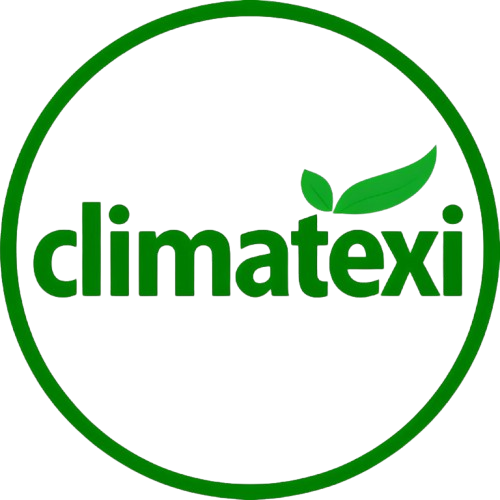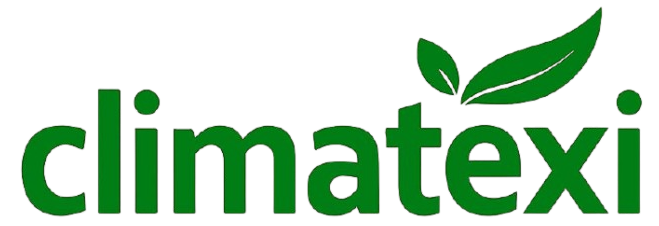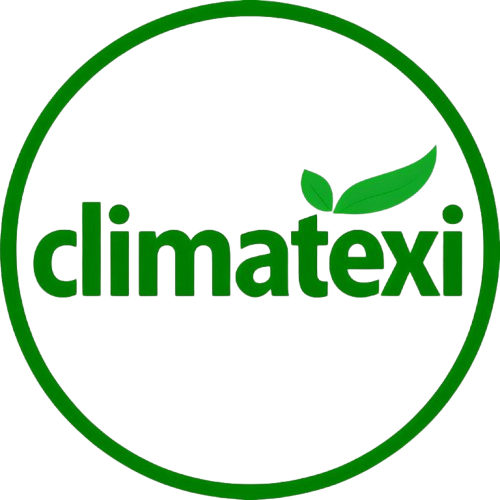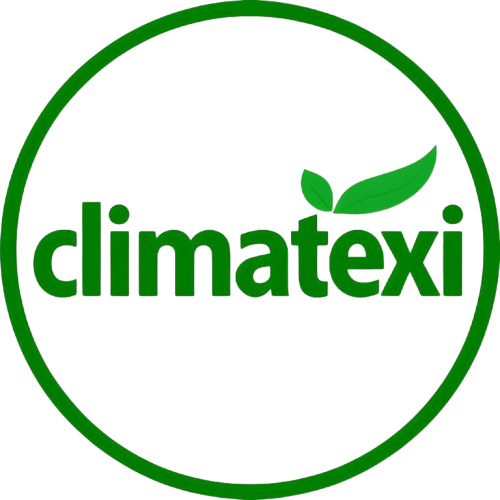Atomic Layer Deposition Market: Exploring Opportunities Across Semiconductor, Electronics, and Renewable Energy
The atomic layer deposition market has witnessed substantial growth in recent years, driven by the increasing need for precise thin-film deposition across multiple industries. Atomic layer deposition (ALD) is a highly specialized technique that deposits ultra-thin films using sequential, self-limiting chemical reactions, resulting in uniform layers with atomic-level control. This technology is particularly critical for semiconductor and electronics applications, where miniaturization and device performance are primary concerns. ALD enables enhanced reliability and performance in devices such as microprocessors, memory chips, and advanced sensors, making it an indispensable tool in modern manufacturing.
The semiconductor industry remains a primary growth driver for ALD. As devices continue to shrink, traditional deposition methods like chemical vapor deposition (CVD) and physical vapor deposition (PVD) struggle to maintain uniform coatings on complex 3D structures. ALD overcomes these limitations by providing conformal coatings, which are essential for applications like 3D NAND, DRAM, and advanced logic devices. The rise of flexible electronics and wearable devices further expands the scope of ALD applications, as thin, uniform films are crucial for maintaining functionality under bending and stretching conditions.
Energy storage and renewable energy technologies also significantly contribute to the market’s expansion. In lithium-ion batteries, ALD coatings improve electrode stability, prevent degradation, and enhance overall energy density. Thin-film solar cells benefit from ALD layers that increase efficiency and prolong operational life. With global emphasis on sustainable energy and environmentally friendly technologies, ALD adoption is expected to rise steadily in these sectors.
The atomic layer deposition market is projected to grow consistently, with strategic investments in R&D and equipment innovations driving the trend. Challenges such as slow deposition rates compared to conventional methods and high equipment costs remain, particularly for smaller manufacturers. Additionally, handling specific chemical precursors requires stringent safety protocols, adding operational complexity. However, emerging solutions like plasma-enhanced ALD, spatial ALD, and roll-to-roll ALD are addressing these constraints by improving throughput, reducing costs, and expanding industrial applications.
Regionally, Asia-Pacific dominates the ALD market due to strong electronics manufacturing hubs in China, Japan, and South Korea. North America and Europe maintain significant market shares, fueled by advanced R&D infrastructure and adoption in specialized sectors such as aerospace, automotive, and semiconductor fabrication. Emerging markets in Latin America, the Middle East, and Africa are gradually gaining traction due to industrialization and growing technological adoption.
Meanwhile, the atomic layer deposition industry trends indicate that innovation in equipment and processes will continue to shape market growth. With applications expanding across semiconductors, energy storage, and nanotechnology, stakeholders investing in ALD technologies are likely to capture significant opportunities in the coming years.
Browse More:
Aluminum Cladding Panel Market Share
Chemical Testing Service Market Growth





